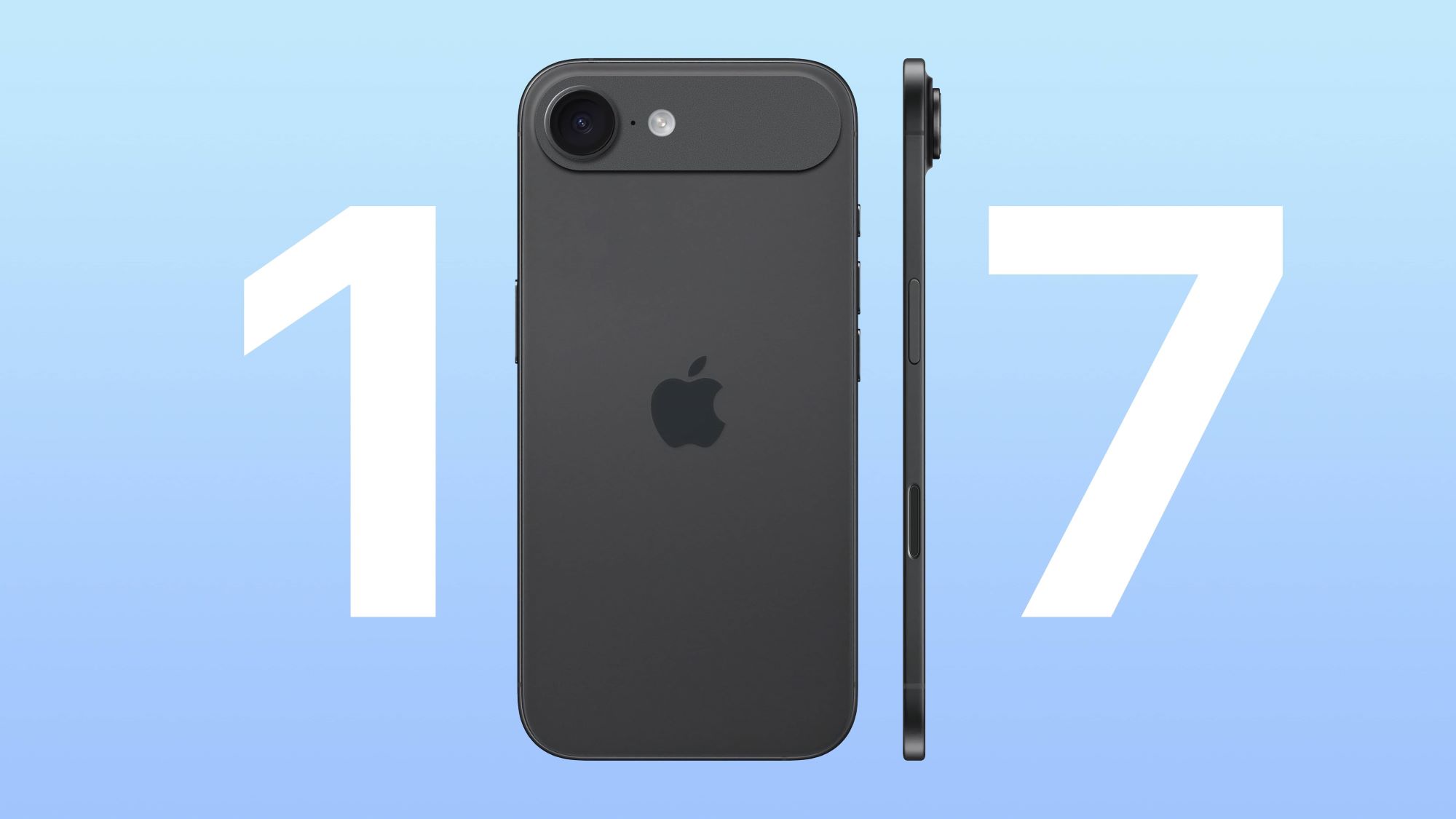In recent tech developments, the Asus ZenBook 14 OLED has emerged as a formidable competitor to Microsoft’s Surface Laptop Go 3. Both laptops cater to a similar audience, but the Asus model offers more bang for the buck in several key areas.
Key Highlights:
- Asus ZenBook 14 OLED starts at $700, while Microsoft’s Surface Laptop Go 3 starts at $800.
- The ZenBook boasts a larger 14-inch OLED display compared to the Surface’s 12.4-inch IPS display.
- Asus offers faster performance and a cheaper price point.
- The ZenBook 14 OLED provides more diverse connectivity options.
- Microsoft’s Surface Laptop Go 3 has been critiqued for its last-gen CPU in a midrange laptop.
Specifications and Configurations:
The Asus ZenBook 14 OLED and Microsoft’s Surface Laptop Go 3 differ significantly in their specs. The ZenBook starts at $700 and offers configurations with an AMD Ryzen 5 7530U CPU, 8GB of RAM, a 256GB SSD, and a 14-inch 2.8K OLED display. On the other hand, the Surface Laptop Go 3 starts at $800, featuring an Intel Core i5-1235U, 8GB of RAM, a 256GB SSD, and a 12.4-inch IPS display.
Design and Build:
While the Surface Laptop Go 3 follows the general Surface aesthetic with minimalist lines, the ZenBook 14 OLED offers a more straightforward design. The Surface is constructed of a mix of aluminum and plastic, whereas the ZenBook is made entirely of aluminum, making it more rigid.
Performance:
Performance-wise, the ZenBook 14 OLED outshines the Surface Laptop Go 3. The Surface uses an Intel Core i5-1235U processor, which is considered last-gen for a midrange laptop. In contrast, the ZenBook offers either the AMD Ryzen 5 7530U or Ryzen 7 7730U, with the former being a 6-core/12-thread CPU and the latter an 8-core/16-thread chip. In tests, the ZenBook proved considerably faster, especially for users running demanding applications.
Connectivity and Features:
Connectivity options favor the ZenBook, which offers more diverse ports. Neither device supports Thunderbolt 4, but the ZenBook benefits from a microSD card reader. Additionally, the ZenBook 14 OLED has a higher-quality 1080p webcam, making it superior for video conferencing compared to the Surface Laptop Go 3’s 720p version.
Summary:
In a head-to-head comparison, the Asus ZenBook 14 OLED clearly offers more value than Microsoft’s Surface Laptop Go 3. With a larger display, faster performance, and a more affordable price point, the ZenBook is a compelling choice for those in the market for a midrange laptop. Microsoft’s offering, while aesthetically pleasing, falls short in several key areas, making the Asus model a more attractive option for discerning consumers.



